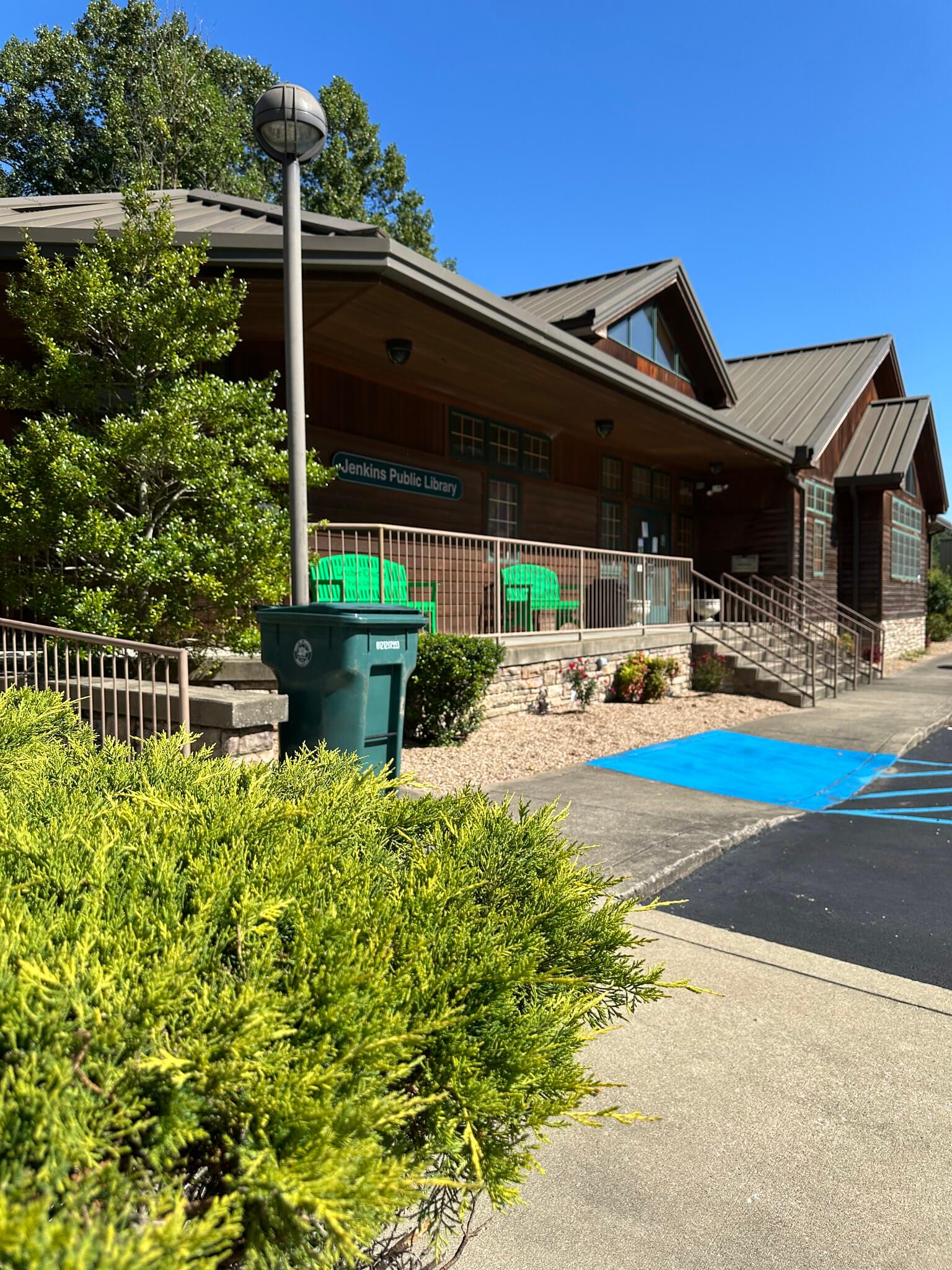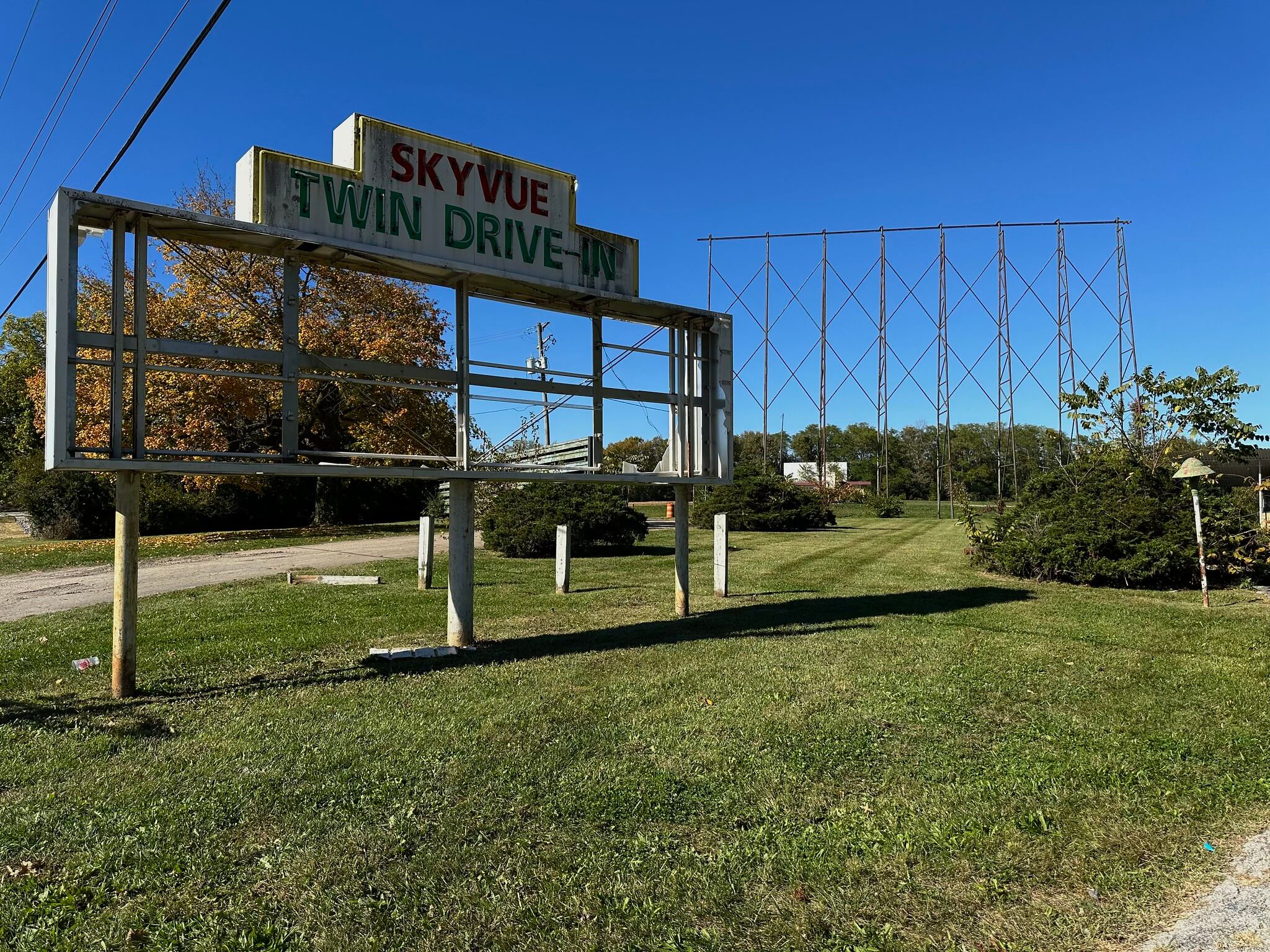Appalachian Folklore & Myths On a foggy night in the southern coalfields, the woods around Boone County can feel crowded even when you are alone. There is the constant drip of water off the highwalls, the clatter of loose slate, the smell of old coal smoke still clinging to siding and jackets. Deer slide through the timber. Stray dogs work the hollows. Every headlamp catches eyeshine.
Appalachianhistorian.org
Appalachian Figures If you stand on the public square in Lawrenceburg, Tennessee, you are standing inside a story that began with a clerk, a frontier rifleman, and a small circle of town founders. In 1819 the Tennessee legislature passed a private act that created a county seat for the recently formed Lawrence County. The law named five commissioners to choose the site and lay out the town.

Appalachian History Jenkins, in Letcher County, started life as a model coal town planned and built by Consolidation Coal Company in the years just before the First World War. Company brick offices, a recreation building, churches, and schools rose almost at the same pace as tipples and rows of miners’ houses.

Repurposed Appalachia On a fall day in 1912 a photographer working for Pittsburgh Consolidation Coal Company set up a glass plate camera beside a brand new frame building in a brand new coal town. The caption on the negative reads simply “Jenkins Depot.” Coal camps were rising along Elkhorn Creek and Shelby Creek.

Abandoned Appalachia Just off Lexington Road in Clark County, Kentucky, stands remnants of a local landmark that once shined along the stars in the summer nights—the Sky Vue Twin Drive-In. The gates opened in 1949 at the drive-in welcoming moviegoers of all kinds to a shared space of laughter, wonder, and small-town connection.
Appalachian Figures James and Virginia Vinson welcomed their son, Frederick “Fred” M. Vinson, on January 22, 1890. He was born in a small brick house located directly across from the Lawrence County jail, where his father worked as the local jailer. Vinson attended school in Louisa, Kentucky, before enrolling at Kentucky Normal School.
Appalachian History Within the coalfields of Appalachia, the mountains rise like folded hands and every hollow carries the memory of a miner’s working breath. Life here has always been shaped by the mines — by what they give, what they take, and what they demand of the people who live beneath their shadow. The Daughters of Mother Jones knew this, and bravely stood beside the miners.
Appalachian Figures On the hill that Hazard folks call Graveyard Hill, traffic hums along Broadway while an older story sits behind chain link and weeds. In that fenced patch of ground the stones of General Elijah Combs, his clerk son Jesse, and their kin overlook the parking lots and streets that grew up around them.
Appalachian Figure Drive the back roads of southern Wayne County and you will still see the Kelsay name on cemeteries, land records, and in local memory. It is a name that began on the Appalachian frontier, then followed the old migration routes through Tennessee into Kentucky and on toward Missouri and the Pacific coast.
Appalachian Figures On a Sunday morning in south central Kentucky it is easy to find a worn red or brown shape note songbook on a church pew. Open to the right page and you may see a familiar chorus like “Peace Like a River,” “Tell It Everywhere You Go,” or “What Is He Worth To Your Soul,” with a small credit line at the bottom for W. B. Walbert.
Appalachian Figures In the early 1980s, readers of the Whitley Republican opened their weekly paper to find a new feature tucked in among courthouse news and local advertisements. The column carried a plain but evocative title: “Legend and Lore of Whitley County.” Its author signed himself simply as Judge Pleas Jones, a retired jurist from Williamsburg who had spent decades on county benches and, finally, on Kentucky’s highest court.